Thibault Juvenielle El mundo real es sólo otra ilusión virtual
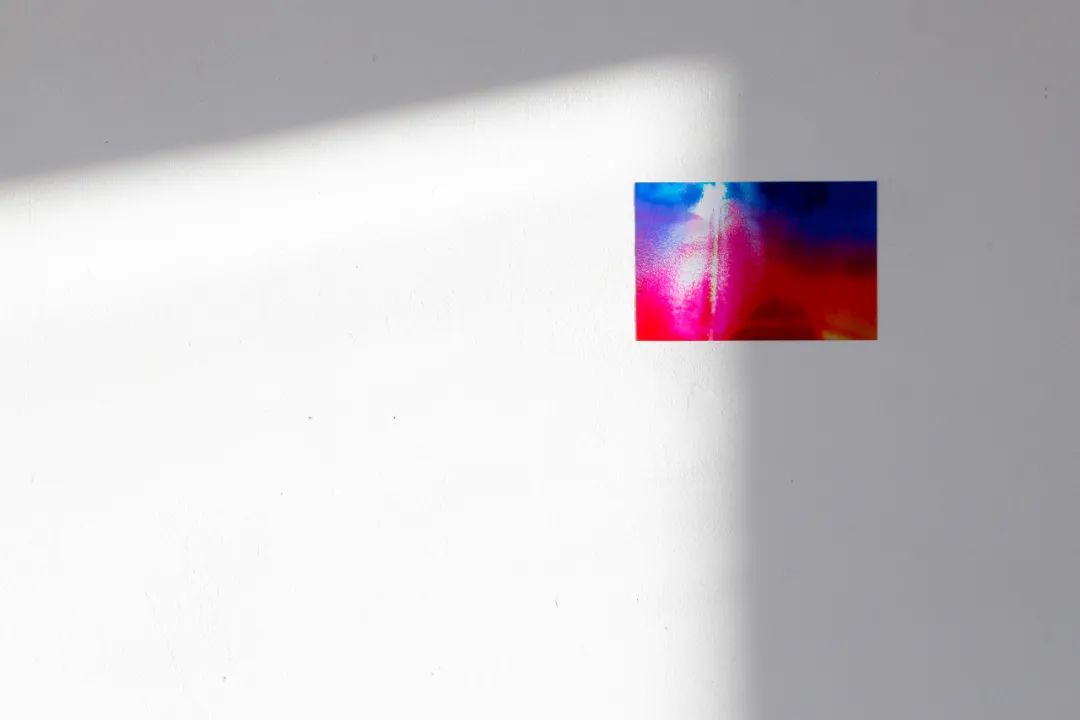
A falta de menos de 80 días para el próximo Año Nuevo, y cuando la epidemia comenzó a propagarse a principios de año, ¿quién habría pensado que el virus podría existir tan irrealmente y permanecer con nosotros durante tanto tiempo?
A medida que los humanos comienzan a tratar de reconocer el escurrible mundo real, también estamos tratando de dividir lo real y lo ilusorio.
Nadie puede dar una respuesta definitiva a esta pregunta. Pero desde aquí, usted puede encontrar algunas inspiraciones y pistas de la exposición de arte personal en línea del artista Thibo Yvonne "El mundo real es sólo otra ilusión virtual" en el Museo de Arte del Sur de China.
In the blink of an eye, there are less than 80 days before the next New Year. At the beginning of the spreading epidemic, none of us has ever thought about the virus could have kept existing with us for such a long period.
When trying to clarify this unpredictable real world, we are attempting to dividing the sideline of reality and virtue.
Noneone could give an exact answer. Anyway, we have made an interview with Thibault Juvenielle, a French artist, on his online solo show, which you may find some inspirations and clues on that question.
Barre el código en la exposición de arte "El mundo real es otra ilusión virtual":
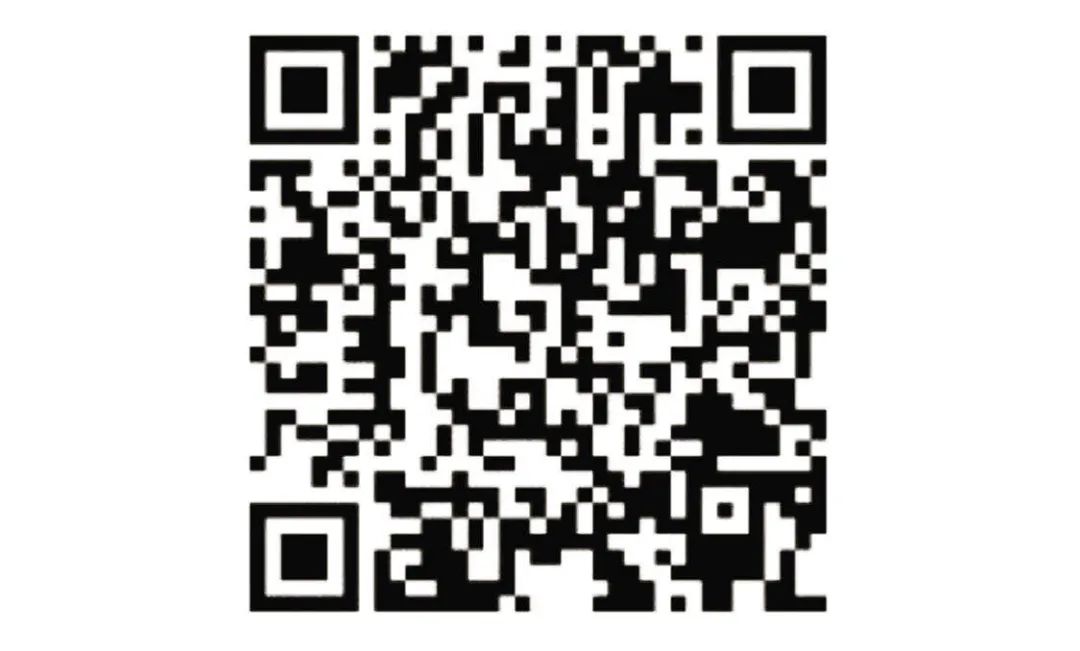
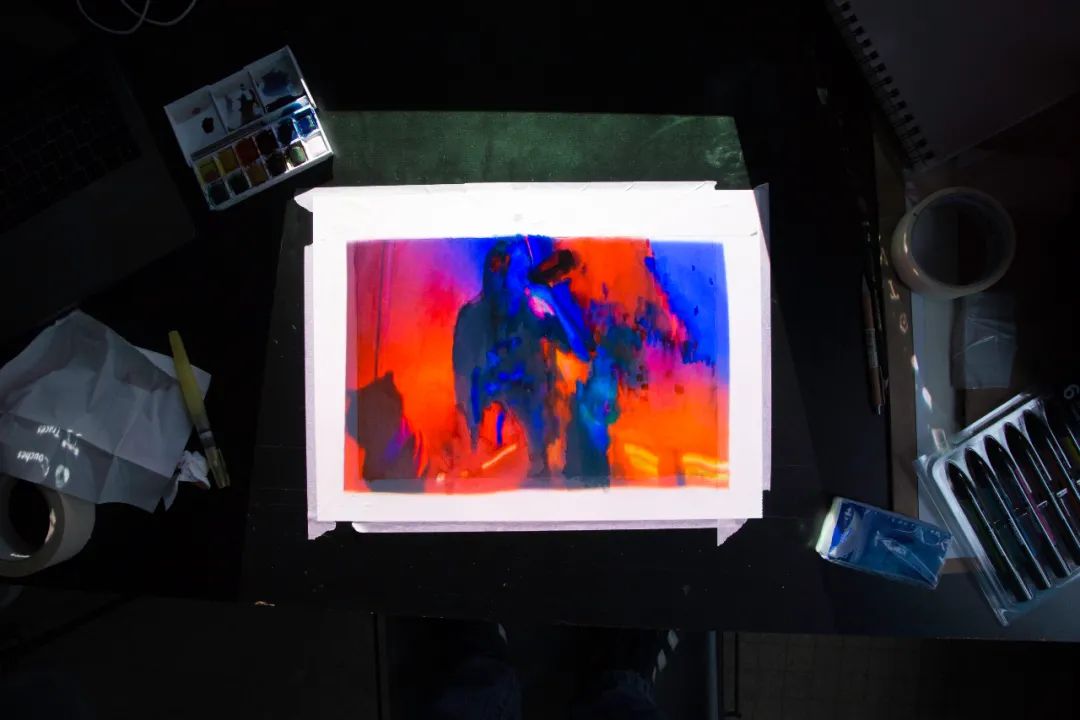
A. : Artemision
T.J. : Thibault Juvenielle
1. Realidad representativa
A.:
I’ve noticed a word ‘representative reality’ in your show introduction, which seems like a philosophical concept, can you show us your comprehension?
Hay una palabra en su introducción - "realidad representativa", que parece ser un concepto filosófico. ¿Puede decirnos lo que entiende?
T.J.:
The representation of reality is a big subject. Especially by this times, in those societies of communication where the representation of something can exceed its actual reality. Advertisements tend to hide itself in social media and I think it can be tricky.
No es tan fácil dar vida a la realidad. Especialmente en esta época, en esta sociedad, las cosas a menudo tienen más significado del que realmente existen. Los anuncios tienden a esconderse de las redes sociales, lo que creo que es oporton.
The representation of anything may be a question about language; how to share my individual perception while avoiding any distortion between what is wanted to be said and what will be understand ?
R La expresión de cualquier cosa está relacionada con el uso del lenguaje. ¿Cómo lo expresamos? ¿Cómo presentamos los conceptos que entendemos sin malinterpretación entre cómo quiere ser comunicado y cómo se entiende?
I feel like, today, a lot happens in this moments of distortion. For example, with advertisements, where a lot is happening on sociale media like YouTube or Instagram (to only name those), the perception of what is “real” or “sincere” is really becoming more and more blurry, especially with those “influencers” that walk on a thin line between “real people” and “ambassadors” (being the face of the brands). And this thin line where the distortion happens, this miss-understanding can become a subject of profit.
Creo que a menudo hay malentendidos y distorsiones en el mundo. Por ejemplo, en la publicidad, los conceptos de "realidad" y "real" se difuminan en YouTube e Instagram, que son bien conocidos en las redes sociales. Especialmente aquellos que tienen una cierta influencia, son personas reales, que viven en el mundo real, y al mismo tiempo como un frente, en un portavoz de marca. Entre los estrechos límites entre los dos, a menudo hay muchos malentendidos, que a su vez conducen a enormes problemas de interés.
In art, as in everything that involves language, this distortion line also exists but I think art doesn’t really exist without it. Distortion maybe is something that condition our relationship with language, our existences. Then Art maybe is a celebration, an invitation to use this distortion to give further, together..
En el arte, todos los objetos contienen lenguaje. Aunque todavía existen malentendidos, creo que esto es inevitable, aunque se ha evitado fuertemente en el arte. La distorsión y la incomprensión, como la propia "existencia", son inevitables en el proceso de comunicación y expresión en el lenguaje. Parece que el arte puede ser algún tipo de, aprovechando todas estas distorsiones y estiramientos, integrando, amplificándolos...
“Look what I did, what do you think about, let’s make something better, or different...”
"Echa un vistazo a lo que he mostrado, lo que se te ha ideado, hagámoslo mejor juntos, o algo diferente..."

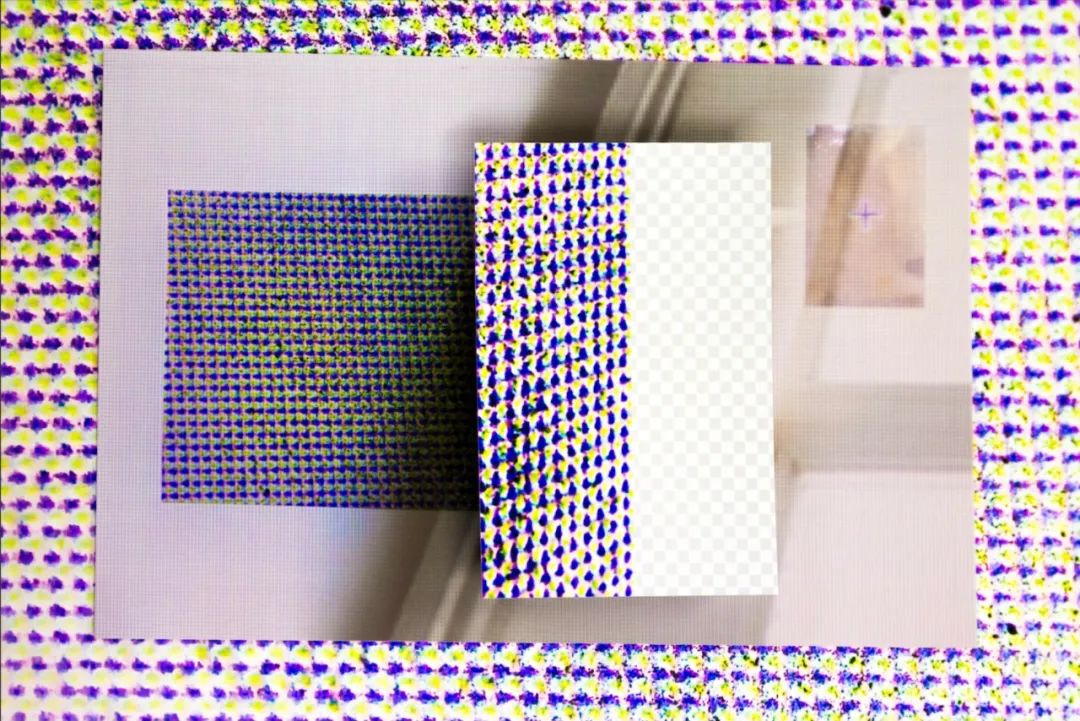
2. El mundo real es sólo una ilusión virtual
A.:
The title of your show is ‘The real world is just another illusion’, which picture could better describes the illusion part?
Usted llamó a esta exposición "El mundo real es sólo una ilusión virtual", ¿qué pintura puede expresar mejor la parte virtual?
T.J.:
If I had to choose one, I would take the first one we see, in the first room; “sans titre 1”.
It’s a picture I created in my studio, back in France where I started with only one image. It’s a good example of what I said before. I used to look at this first picture I printed; a picture of the pixels of my computer screen. Then I project that picture on a wall found interesting the relationship between the materiality of the wall and the picture of pixels made of nothing but light so I took a new picture of it. I printed those too to take an other new picture of them together, edited it to restart the same process and finally find a balance between what feels real and what’s not.
Si tuviera que elegir uno, sería el primero.
Esta es la primera imagen que creé en mi estudio y cuando empecé a fotografiar en Francia. Este es un buen ejemplo de lo que quiero decir. A menudo miro este trabajo publicado, que es un mapa de píxeles de mi escritorio de computadora. Luego lo puse en la pared y traté de encontrar una conexión interesante entre la pared y la imagen del píxel. Las paredes existen como materia en sí, mientras que las imágenes de píxeles, no se compone de ninguna materia sólo la luz como portador. Tomé fotos de ellos y los tiré en una nueva foto, las edité y luego las procesé, y finalmente encontré algún tipo de equilibrio entre real e ilusorio.
I like this piece because it plays with the idea of representation, and at the same time never really tells you what you are looking at. It stays abstract but also has different limits that we can recognise. like shadows, as in drawing it adds the idea if volume on a 2D space. A last limit here being the border or the screen when you looking the exhibition on.
But most of my works here works like this.
We call an illusion, what we don’t know much about.
Me encanta esta parte porque es mi idea "representativa", y realmente no te dice lo que estás mirando. Mantiene la abstracción y al mismo tiempo crea ciertas limitaciones en nuestra cognición. Al igual que las sombras, si hacemos un plano de planta, podemos añadir algunas de nuestras propias ideas e ideas al proceso de dibujo. Aquí, al final, esta restricción (como crees) servirá como límite para que veas la exposición, o como preludio.
Pero aquí, la mayor parte de mi trabajo es como éste.
Lo llamamos ilusorio, algo que no sabemos tan bien.
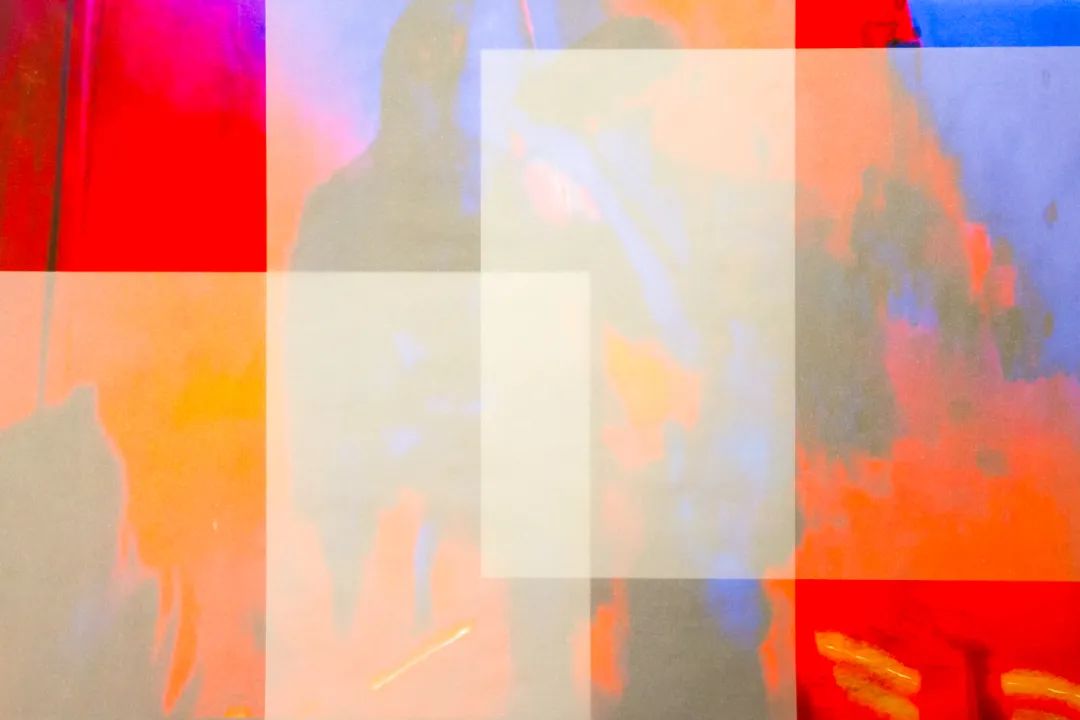
3. Límites
A.:What are the bounds of virtual and reality?
¿Cuál crees que es el límite entre la verdad y la ilusión?
That’s a deep one.
Reality is a very complex concept created by our perception of time and space. So yes, maybe reality is found at the balancing point between space, time and consciousness in its general term... So as reality is dependent of those, maybe we could say they are its bounds ?
Esta es una pregunta muy profunda.
"Verdad" es un concepto extremadamente complejo, dependiendo de nuestra comprensión del tiempo y el espacio. Hasta cierto punto, la llamada verdad es el equilibrio entre el espacio, el tiempo y la conciencia en un sentido amplio. Si el concepto de "real" depende de los tres, ¿quizás podamos entender que este es el límite entre la realidad y la ilusión?
But it’s slightly different for the“Virtual world” as its « our » artificial world. It’s held by its creators. Its bounds might be are our own will.
For example, this exhibition had an opening date but is not planned to end. It will last as long as the “real world” allows to.
Pero esto es un poco diferente de otro concepto: "el mundo que vemos a simple vista" y "nosotros", el mundo 'artificial' de la conciencia humana. Es controlado por el creador. Y sus límites pueden ser nuestro libre alé alé alé.
Por ejemplo, la exposición tiene una hora de apertura, pero no tenemos planes de terminarla algún día. Existirá y morirá como el "mundo real".
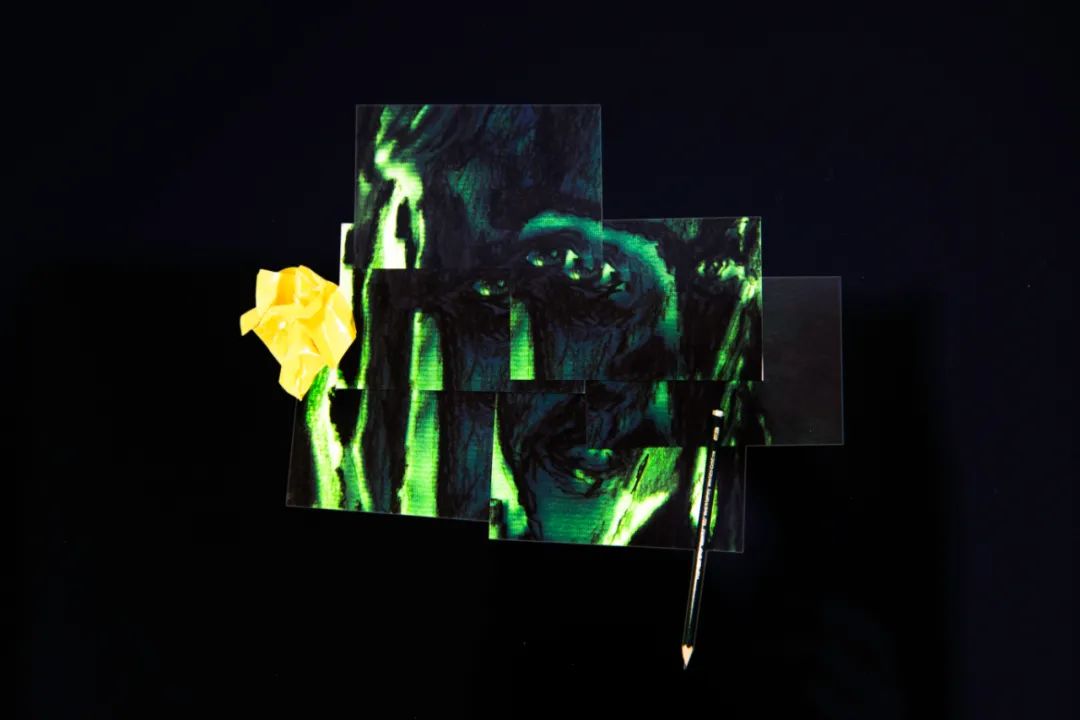
4. Feliz
A.:
You’ve mentioned a film named<The Matrix>, depicting a scene of people living in hallucinination,so do you think people will live happier in such a world like that?
En su exposición, "El Imperio Hacking", la película representa una escena en la que la gente vive en ilusiones. En su opinión, ¿la gente será más feliz viviendo en ilusiones?
T.J.:
Would people live happier in a simulation ? I don’t think so. Happiness is not only determined by the world we live in but also a lot by how we perceive it.
The Matrix is already a reference to Plato’s allegory of The Cave, ignorance has never been a obstacle to happiness.
¿Quiere decir que la gente es más feliz viviendo en un mundo simulado? No creo. La felicidad depende no sólo del mundo en el que vivimos, sino también de cómo lo percibimos.
La película "Hacking Empire" ha sido utilizada como referencia a las fábulas platónicas, ignorando los muchos obstáculos a la felicidad.
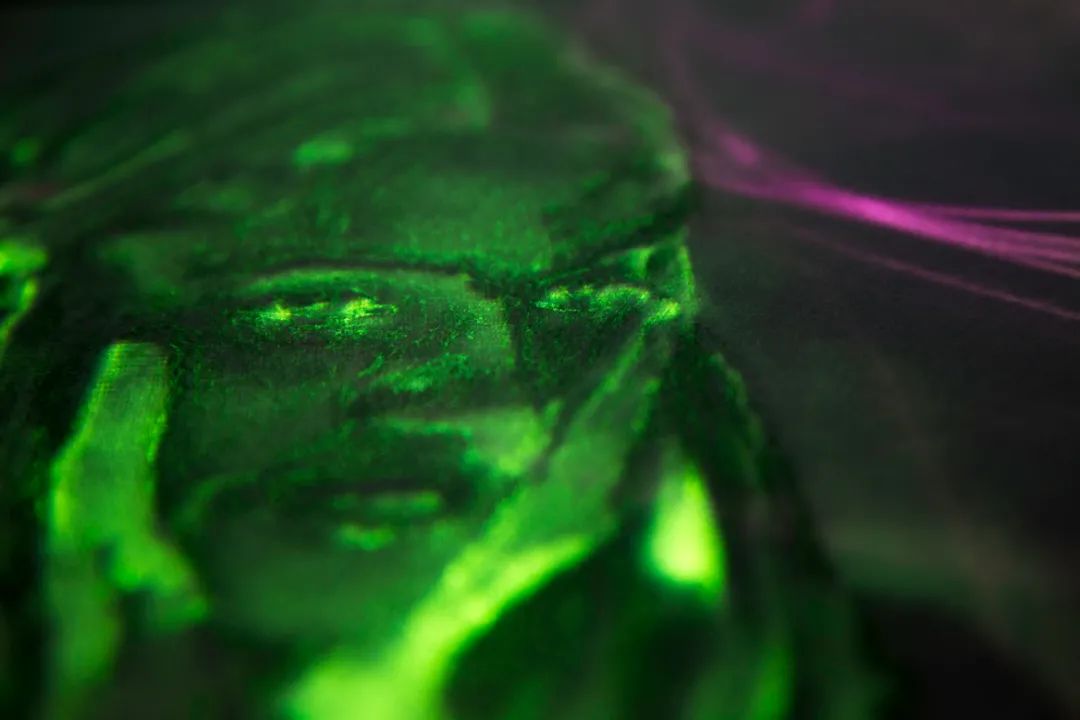
5. La parte más difícil del proceso creativo
A.:
We have talked about some questions at the philosophy level, and let’s go back to the photography. Comparing to some true-life photographer, what is the harder part of you to make your works during the process?
Hemos hablado mucho de filosofía, hablemos de la fotografía en sí. ¿Cuál crees que es la parte más difícil de tu proceso creativo en comparación con muchos fotógrafos que graban la vida real?
T.J.:
The hardest part of those kind of work is to stop it, to choose what I wanna share. To find a balance.
Those pictures are only a tiny part of the process I give myself to. They are the result of an attempt to capture a fragile moment in the experimention of my reality. It’s always me, wanting to keep something that I know is about to disappear; a details like some fresh paint creating the perfect reflection that is gonna dry, or a ray of sunshine completing perfectly what I was doing. Most of the time it’s just a feeling, an emotion about what I perceive. Most of the time I fail to keep those moments as I want. Trying to keep something so thin and fragile in time is an utopian idea. But it gives birth to something that I’m willing to share with the world.
La parte más difícil puede ser detener la creación, o elegir algo que quiero compartir y comunicar con los demás. O encontrar algún tipo de equilibrio.
Esas fotos son sólo una pequeña parte de las muchas obras que he creado para mí. En la vida real, trato de capturar momentos que son fugaces, y estas imágenes son el resultado de muchos de mis pequeños intentos. Suelen ser las cosas que quiero atrapar, las cosas que conozco desaparecerán pronto; la pintura fresca que produce el reflejo perfecto que está a punto de secarse; o los rayos o la luz del sol que me ayudan a perfeccionar mi trabajo. La mayoría de las veces, es sólo un sentimiento, una emoción sobre lo que percibo. A menudo no puedo guardar los momentos que quiero mantener tanto como quiero. Tratar de mantener las cosas delgadas y frágiles a tiempo es una idea ideal utópica. Pero esta idea finalmente me ayudó a crear algo que quería compartir con el mundo.
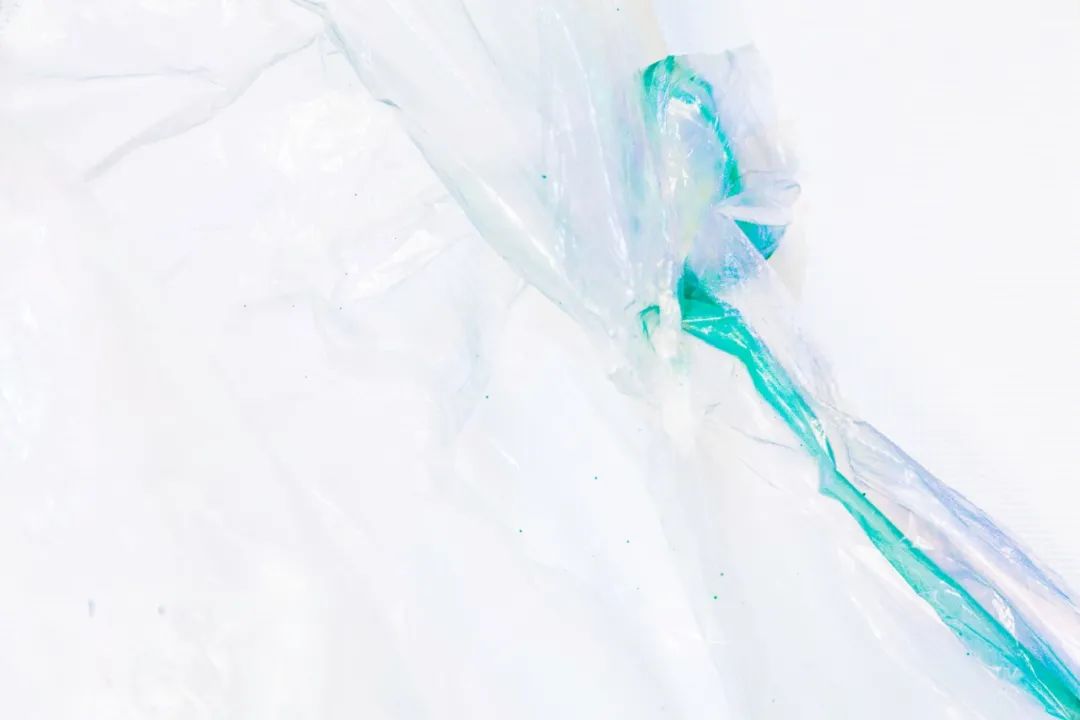
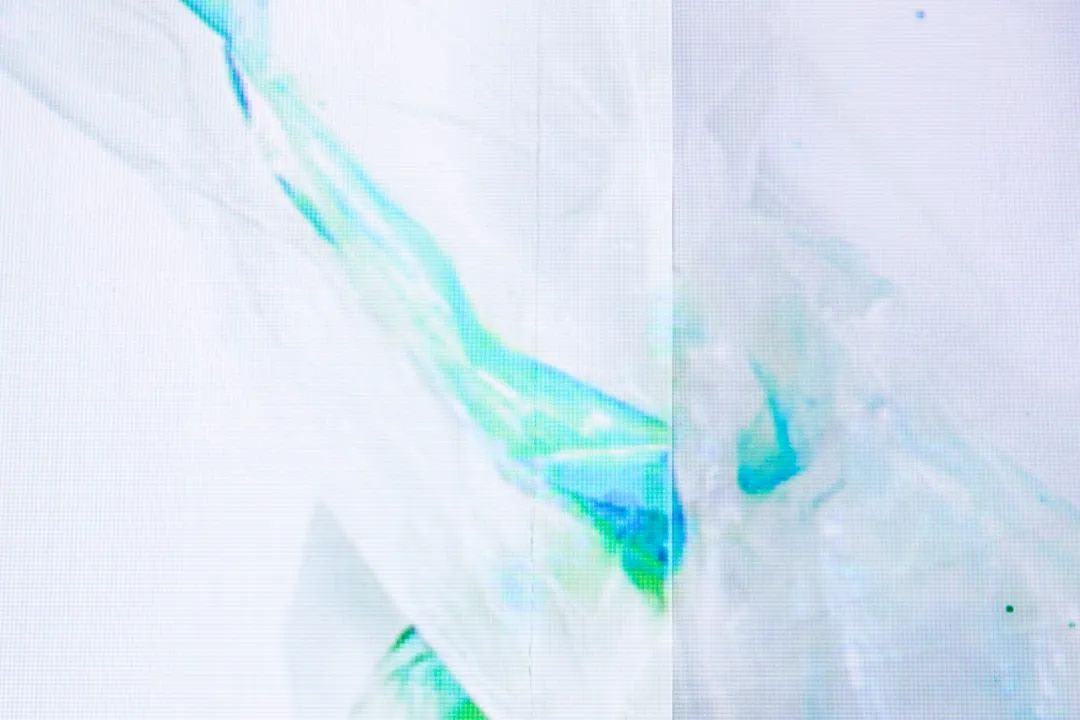
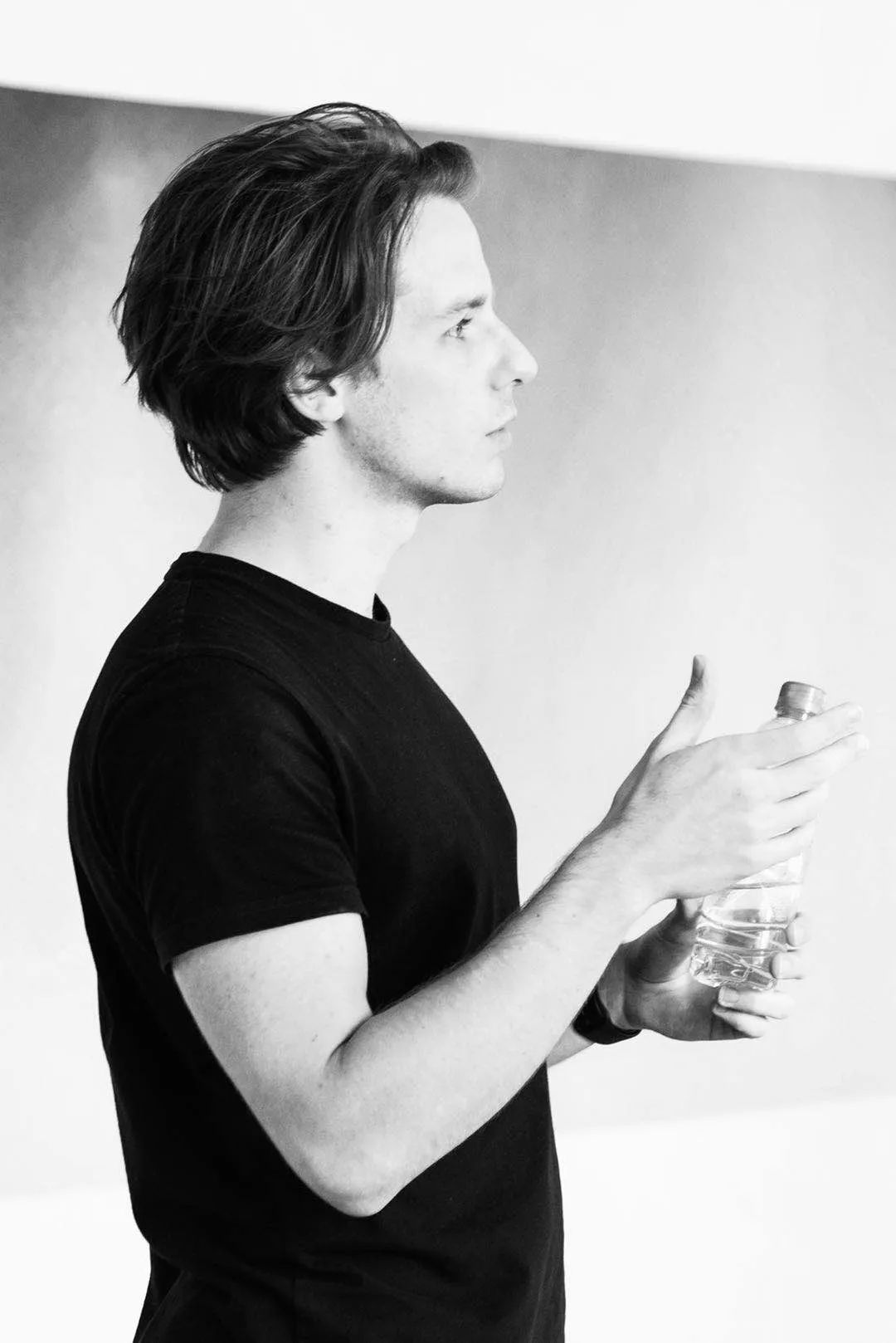
Thibo·Juvenjeer (Thibault Juvenielle, nacido en la región del champán, en el noreste de Francia, ha desarrollado una pasión por las imágenes y las instalaciones a través de años de arte. Este año, llegó a esta nueva tierra de China y se embarcó en un viaje de nueva exploración artística.
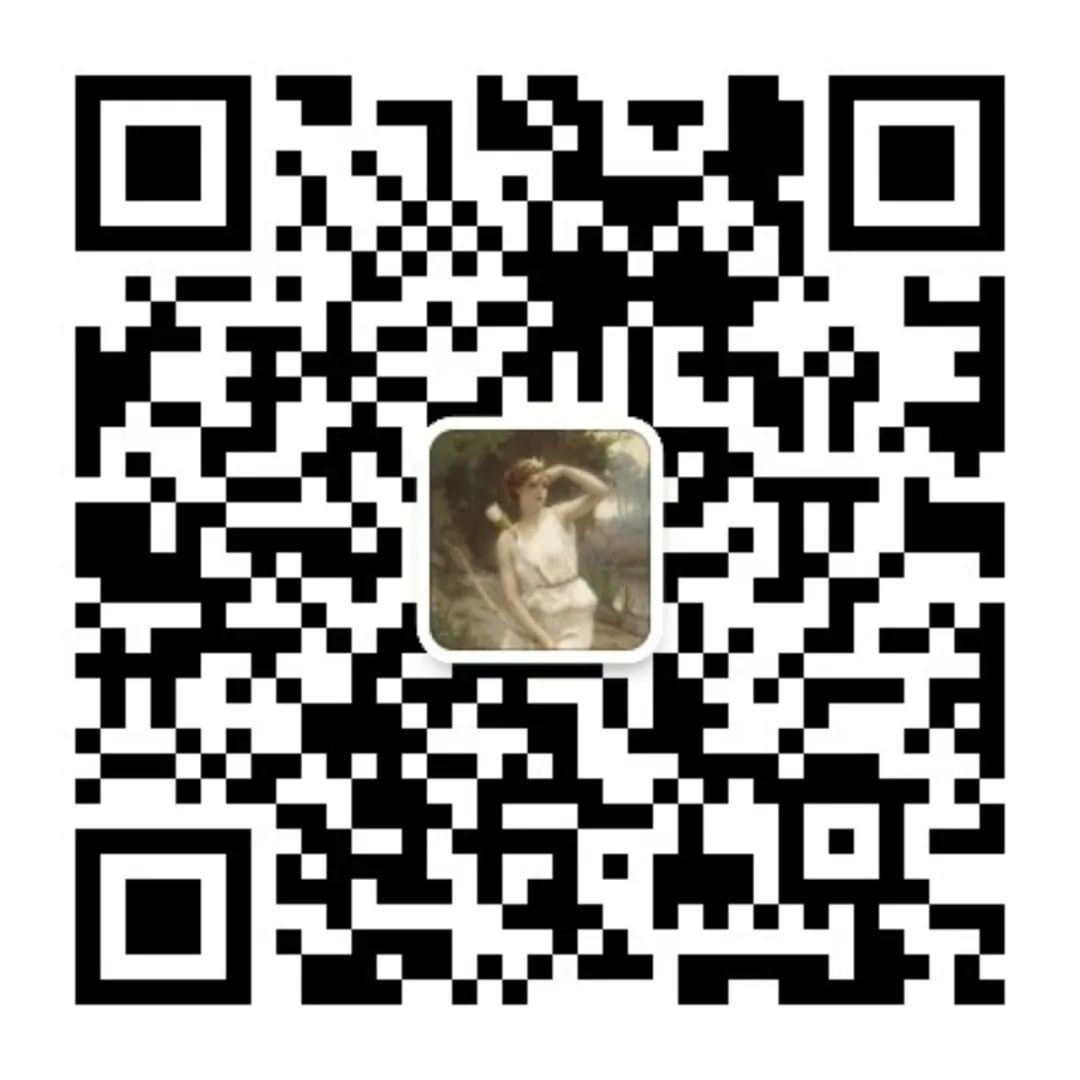

Ir a "Descubrimiento" - "Echa un vistazo" navegar "Amigos están viendo"